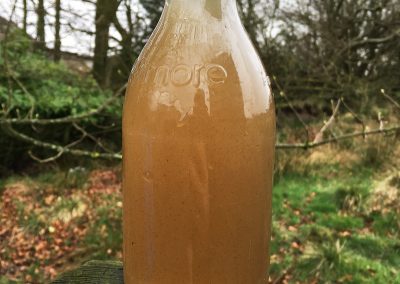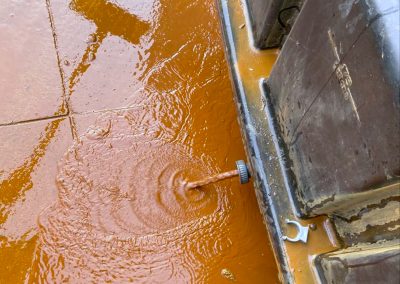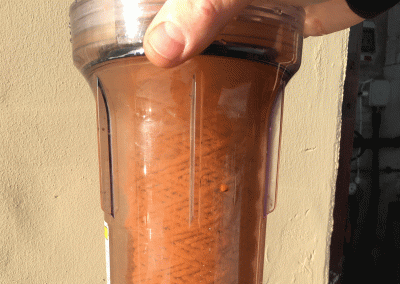Why does borehole/spring water sometimes appear brown?
Borehole or spring water may sometimes be brown/orange for a variety of reasons. It could be due to the presence of fine sediment in the water or particles of iron. Additionally, if the water passes through peat, it may take on a yellow, orange, or brown hue, which is caused by tannins.
We understand how frustrating it can be when fine sediments ruin the appearance of your water. As water flows through the course, it picks up these sediments, which stay suspended until the water is left undisturbed. Whether it’s a glass of water or your dog’s bowl, over time, this sediment will settle, leaving behind a fine deposit that is both unsightly and inconvenient.
But that’s not all – iron in your water can also give it a similar appearance, making it difficult to differentiate between sediment and iron-contaminated water.
Iron can exist in two forms: dissolved or sedimentary. Initially, water with dissolved iron may appear clear, tricking you into believing it’s iron-free. However, if left standing for a number of hours, the iron will separate and settle at the bottom of the glass, resulting in a cloudy orange buildup, a common sight in dog bowls. On the other hand, sedimentary iron is immediately noticeable, giving your water a range of hues from tomato soup to weak orange squash.
If that’s not enough, water containing iron may even have a metallic taste, further complicating your drinking experience. On the other hand, if your water contains tannins, there won’t be any sediment, and no matter how long you leave it in a glass, its appearance will remain unchanged.
At Prosep Filter Services, we understand the importance of clean, clear water. Say goodbye to brown, cloudy waters and unpleasant tastes. Experience the difference with our innovative solutions that give you pristine water quality, free from sediment, iron, and tannins.



